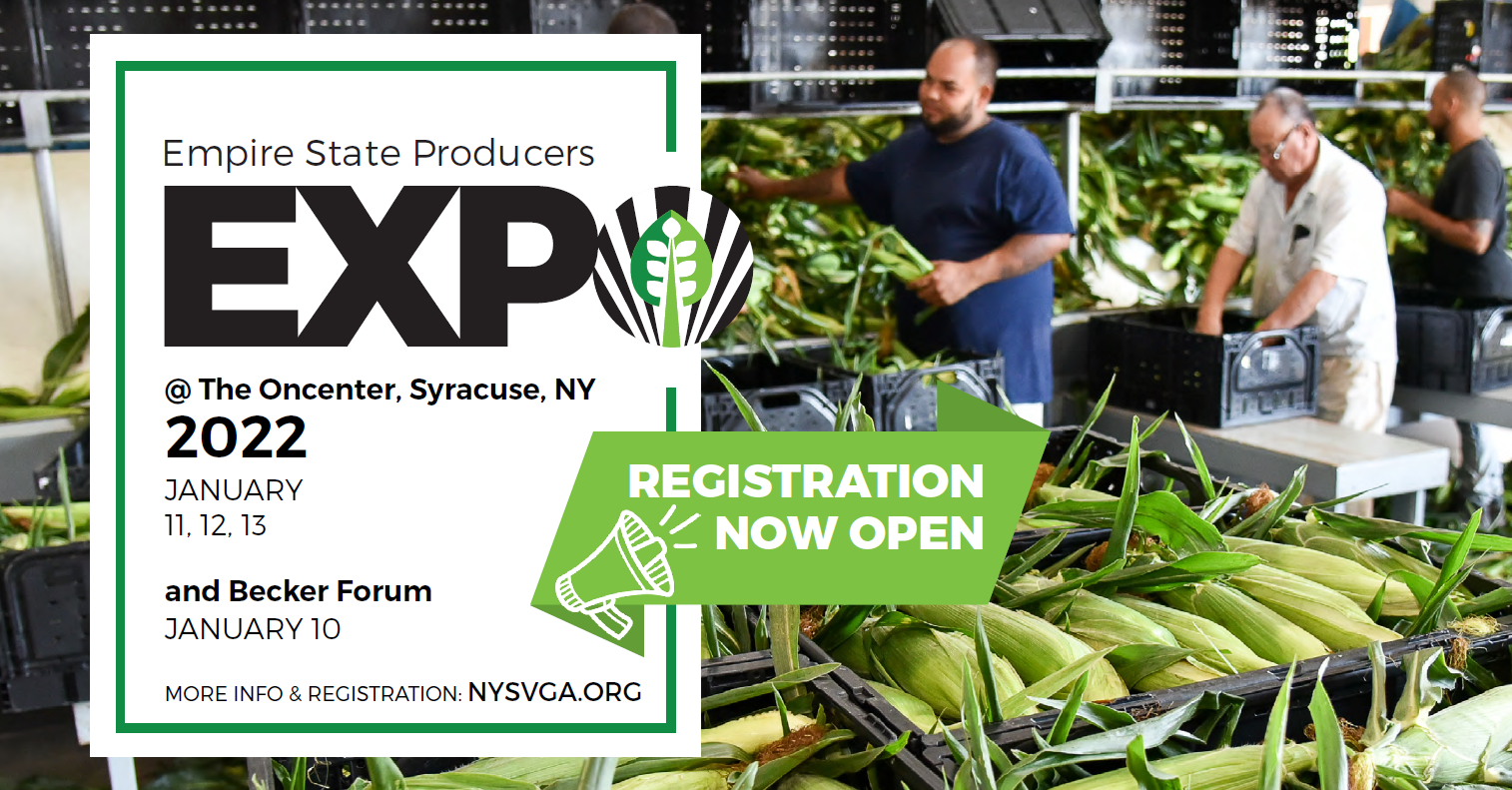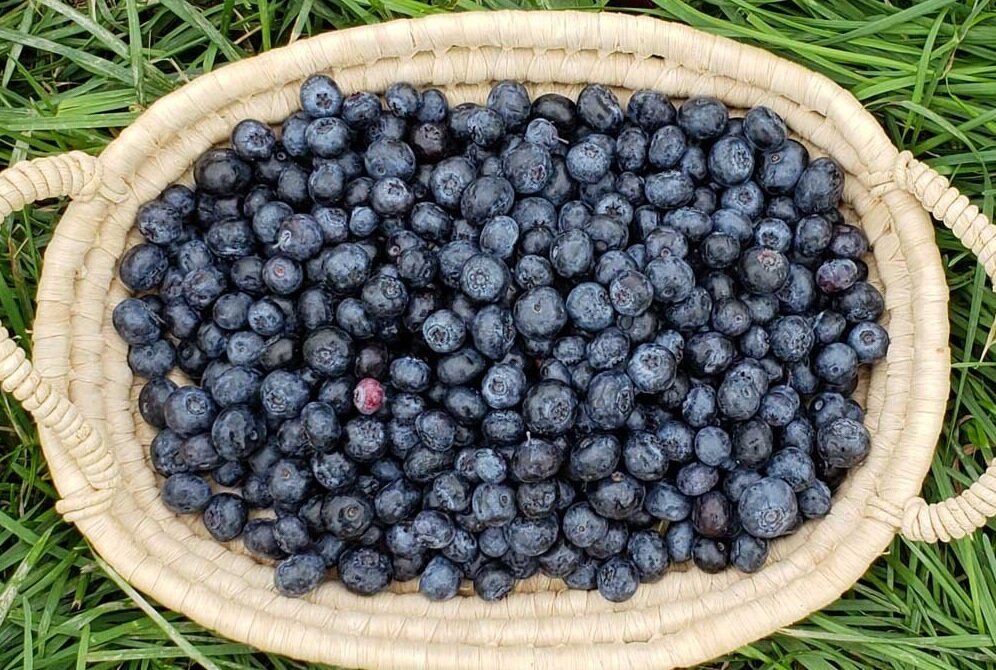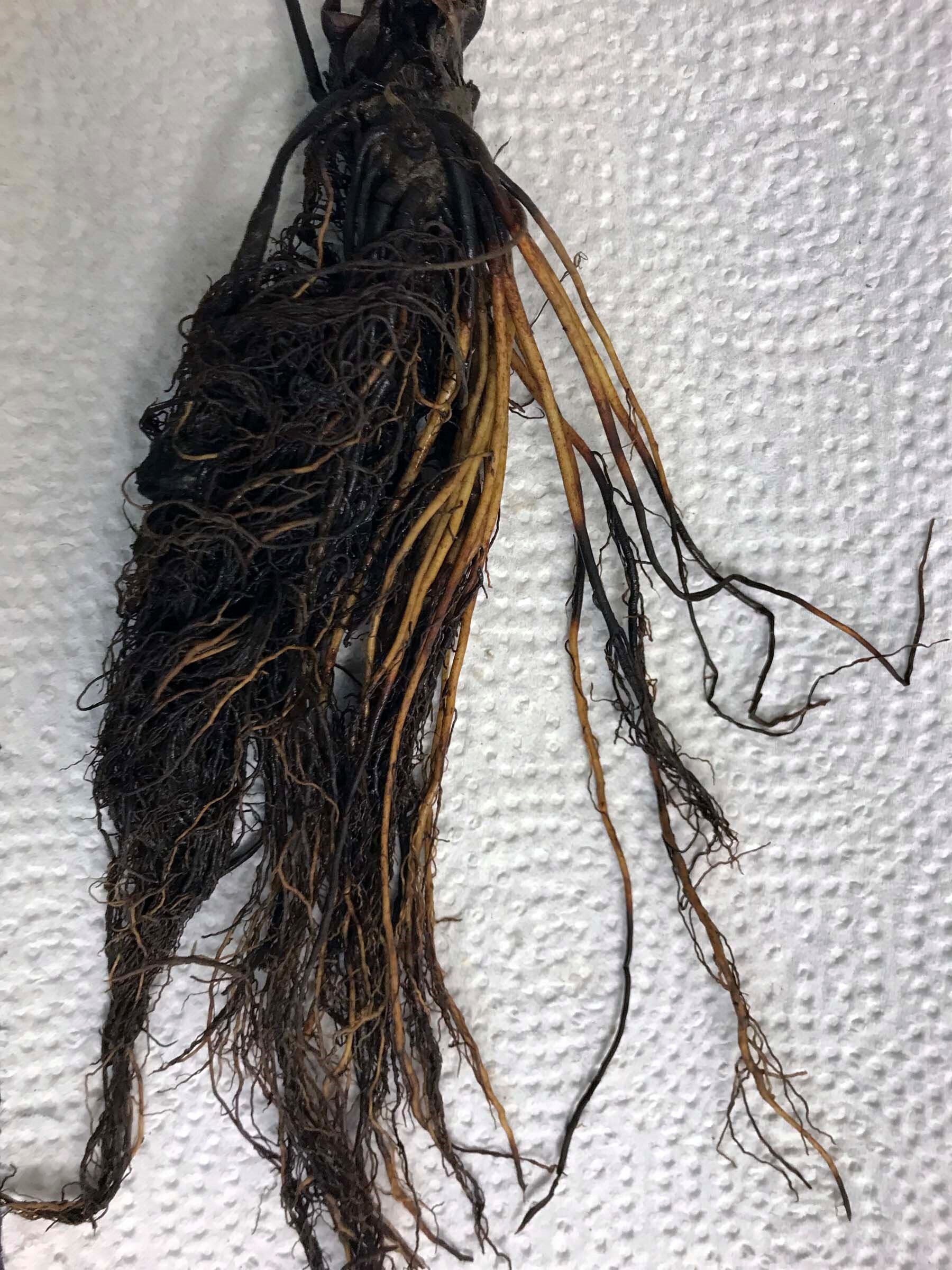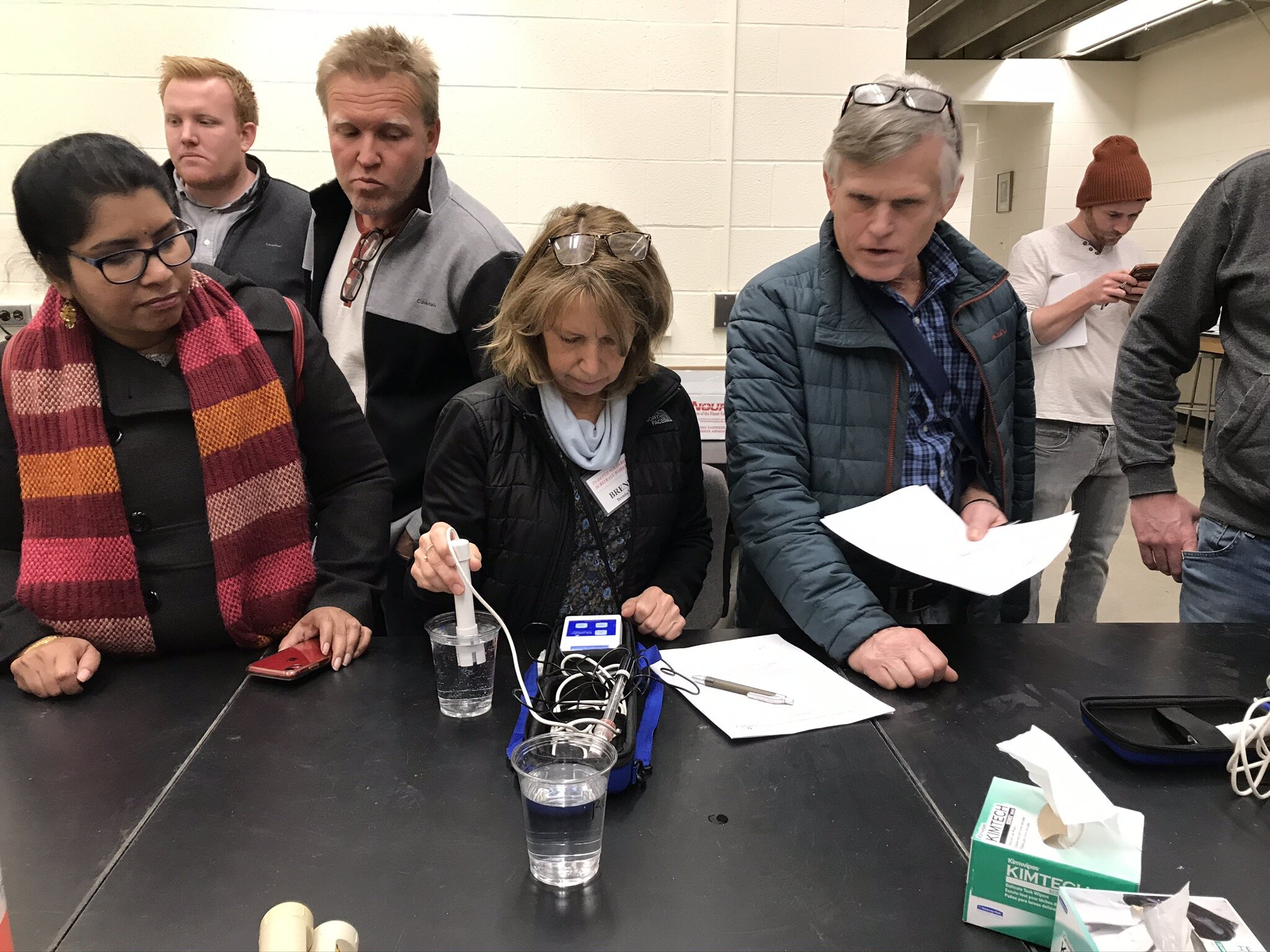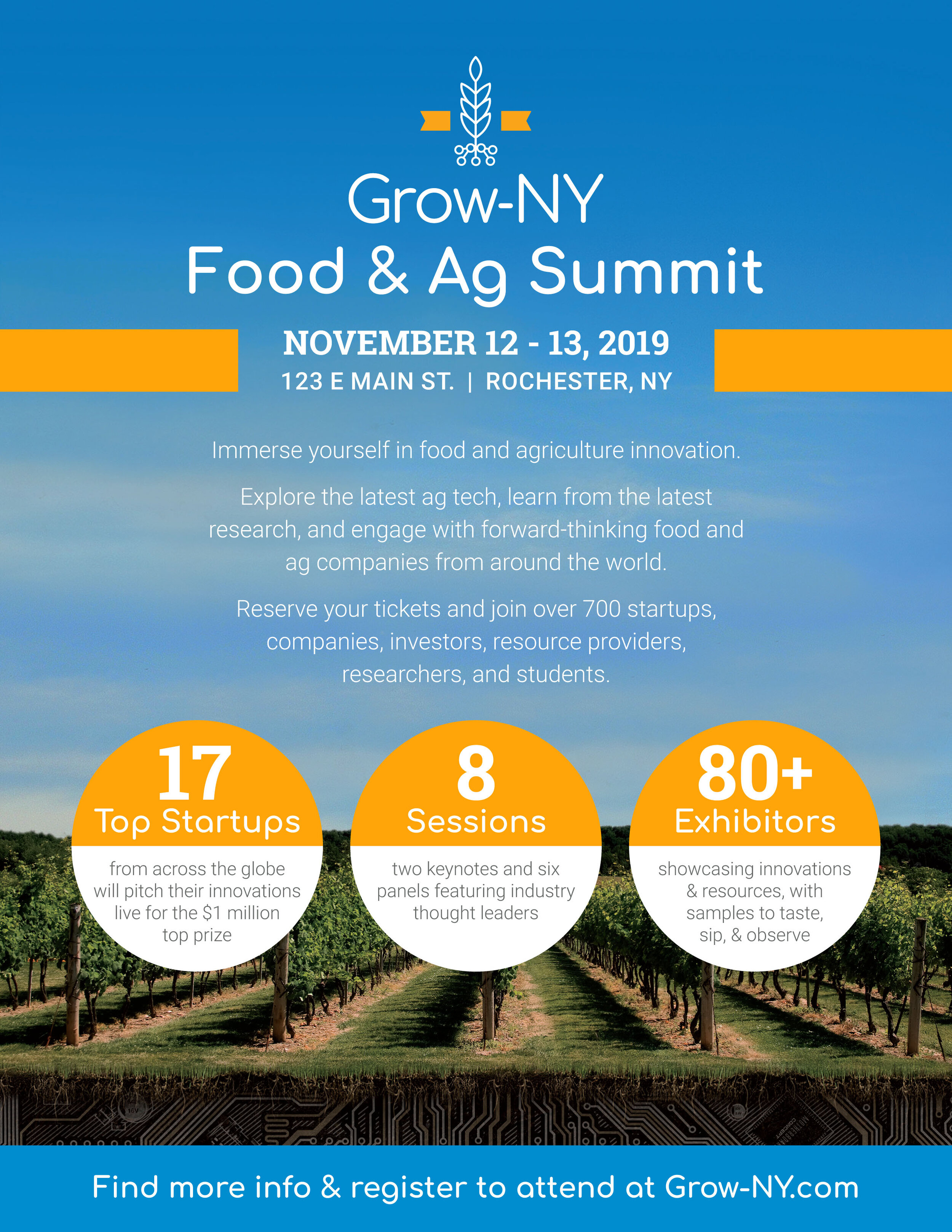The Costa Rica Agritourism and Cultural Study Tour, hosted by Laura McDermott and organized by Explorations by Thor, an international travel company that specializes in agricultural tours, is scheduled for December 3-11, 2022. Don’t miss this opportunity to travel, learn and relax with other farmers. It will be a blast!
This one-of-a-kind guided excursion is an educational and entertaining way to visit another country, update your understanding of what’s happening in our industry, and network with fellow berry production and agritourism professionals. Friends and family with an interest in agriculture are also welcome. The tour includes a full itinerary, plus hotels, most meals, and in-country transportation. Guests will visit a wide variety of Costa Rican agriculture, and still have time for cultural highlights.
The trip is designed specifically for members of the berry and agritourism industry. Participants need to arrange their own transportation into San Jose International Airport (SJO) on December 3 and out of Liberia Guanacaste Airport (LIR) on December 11. Hotel rooms, most meals, transportation, bilingual guides, tours/technical visits, and gratuities for driver and guide are all included. Estimated pricing of $2,450 is based on double occupancy, per person.
On December 3, we’ll stay at the San Jose Hilton. Tours begin on day two. Here’s a look at the full itinerary:
On day two, we’ll visit a coffee plantation and a chocolate factory near San Jose, and enjoy some downtime in the city.
On day three, we’ll head out early to Irazu Volcano, the highest active volcano in the country. If the weather is clear, we’ll be able to see the Caribbean Sea from the crater’s rim.
While in the highlands we’ll visit a berry farm that is growing blackberries, raspberries, strawberries, blueberries, and Aztec gooseberries or goldenberries. After lunch, we’ll visit a berry producers’ marketing co-op, and then continue to visit the Center for Tropical Agronomy Research & Education (CATIE). We’ll tour the botanical garden and enjoy a presentation about agritourism enhancement at CATIE. We’ll end at the Hotel Suerre in Guapiles, in the heart of the banana-growing region of Costa Rica.
On day four, we’ll visit Costa Rica’s “green dam,” the largest hydroelectric dam in Central America and the second-largest infrastructure project, after the Panama Canal, in Central America. Costa Rica obtains nearly 100 percent of its electricity from renewable sources such as wind, solar, geothermal, and hydroelectric. Meet with representatives and discuss how the dam is connected to the agriculture community.
We’ll visit a local farmer who has developed a side business of taking foreigners on farm tours. We will also stop at a papaya farm and meet with a former Dole agritourism director.
On day five, we’ll enjoy a pineapple tour in the morning. After lunch, we’ll travel to and take a guided walk through La Paz Waterfall Gardens, one of the best eco parks in Costa Rica. The group will travel to a strawberry farm dedicated to agritourism in Fraijanes, and dine at a local’s home that evening. We will stay at the Hotel Martino in Alajuela that night.
On day six, we’ll depart for Guanacaste and the best beaches in Costa Rica! Enroute, we’ll visit a large-scale farm of palm oil, sugarcane, dragon fruit, rice and quarter horses. We’ll follow it with a barbecue lunch, and touring a commercial rice mill on the way to the Bosque del Mar hotel on the Pacific Ocean.
On day 7, the group will visit Hacienda El Viejo and take a guided wildlife tour boat ride in the wetlands. The evening will be free, for you to explore on your own.
On day 8, we’ll have free time to relax by the beach or take in any optional activities in the area, which include catamaran snorkel and sail, sportfishing, and ziplining. Or visit Flamingo beach via your guide and driver to do some shopping and enjoy lunch on the town. A farewell dinner in Hermosa Beach will round out the entire tour.
Participants need to arrange their own transportation into San Jose International Airport (SJO) on December 3 and out of Liberia Guanacaste Airport (LIR) on December 11. Hotel rooms, most meals, transportation, bilingual Guide(s), tours/technical visits, gratuities for driver and guide are all included. Estimated pricing is based on double occupancy, per person - $2,450.
Reservation/payment deadlines: $250 nonrefundable deposit due by August 1, 2022; the remainder is due by October 15. The single supplement is $575.
Minimum capacity of 20 people must be met. Technical visits are subject to change, but replacements of equal value will be arranged. Full covid vaccination and a valid passport is required of participants.
Space is limited! Register soon to reserve your spot. For more information, please contact Laura McDermott, lgm4@cornell.edu. For specific tour information and help with air travel, contact Explorations by Thor, info@explorationsbythor.com, 859.459.0500.





